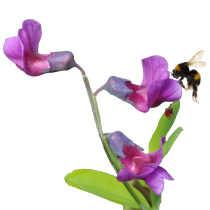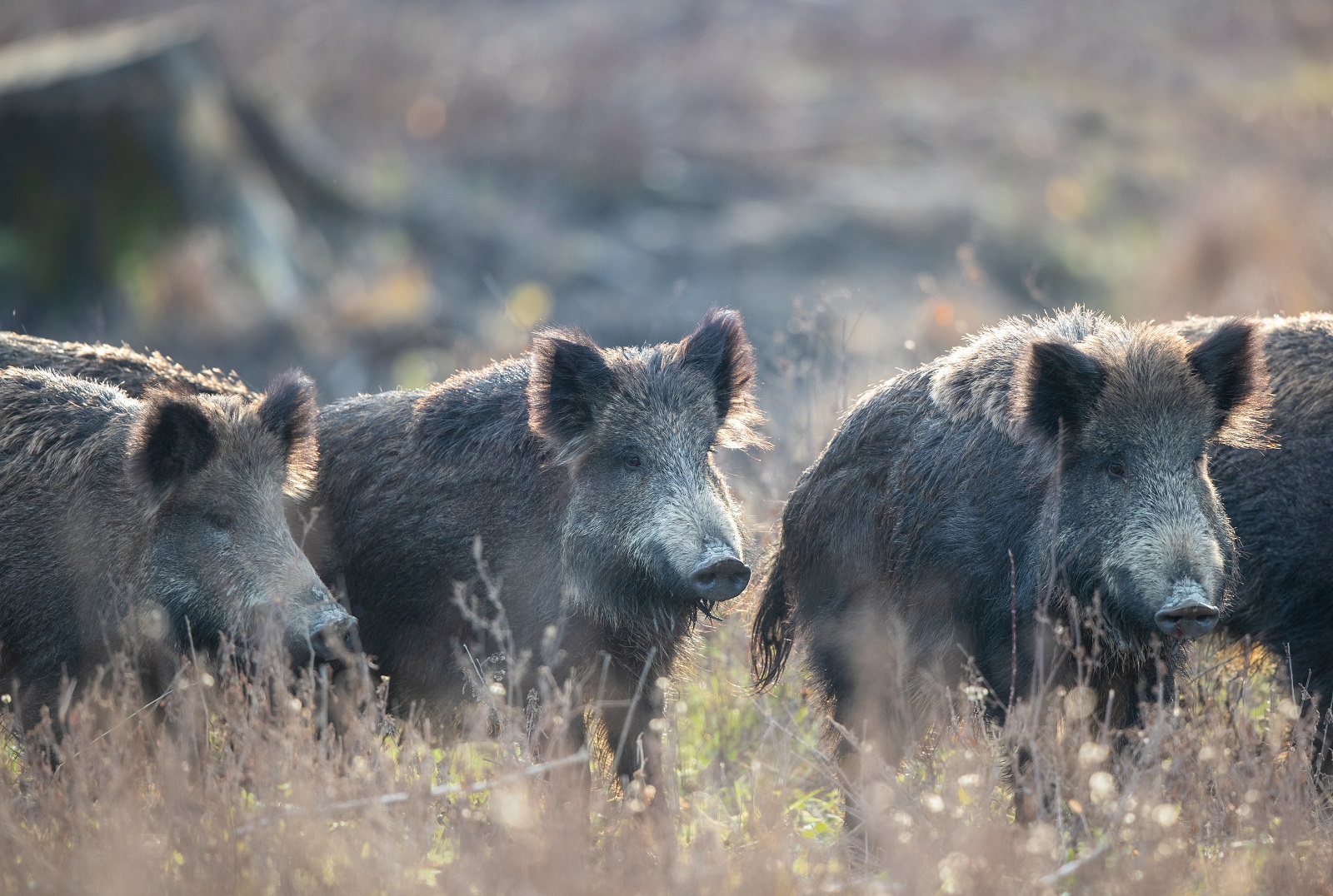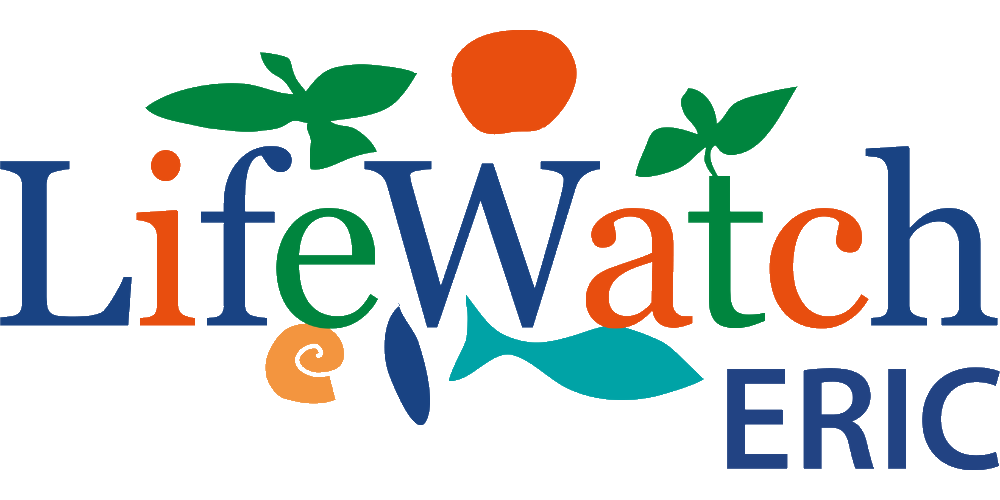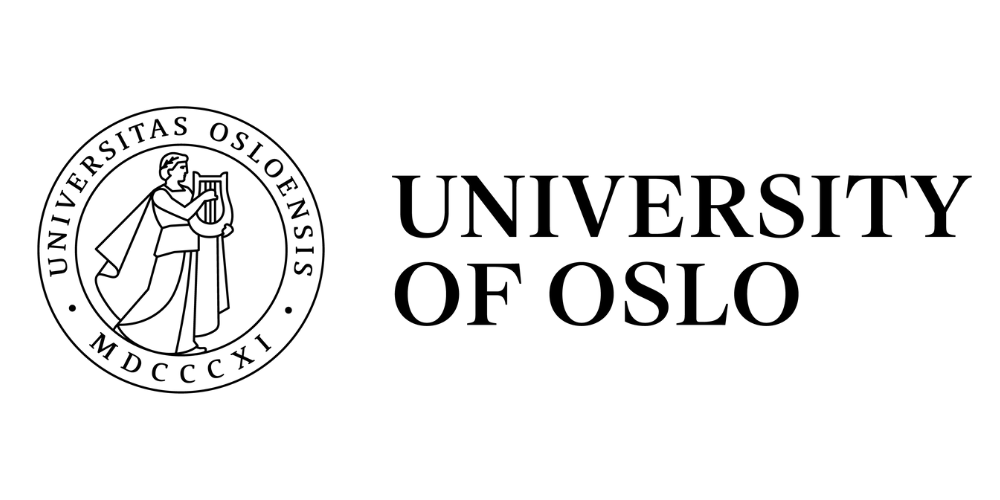Disease Outbreaks
This BioDT use case covers Wild boar–African Swine Fever (ASF) modelling is one of two Use Cases under the Disease Outbreaks umbrella and with the Pollinators model will populate and demonstrate this part of the Biodiversity Digital Twin.
The purpose of this use case is to inform data-driven responses for the management of the spread of wildlife diseases, specifically African swine fever (ASF). The model is intended to be dynamic – with each detection of the target pathogen in the wildlife population, the model is updated and rerun to produce more robust predictions including spatial mapping of risk, size and timeline of affected host(s), effectiveness of spatially-explicit control measures, and routine update of most suitable response. Although there are multiple potential stakeholders and user groups, the target audience for the initial BioDT application is limited to decision makers and people involved in decision support.

Disease Outbreaks and Digital Twin Models
This BioDT use case aims to implement a stochastic, spatially-explicit wild boar Sus scrofa - ASF predictive model that is both dynamic and periodic on a structured landscape . Given the input data for a specific study area (a habitat structural model, individual wild boar information, and barrier data). Model components are modularised, and the initial BioDT use case will run the model using a default configuration. The model returns a spatiotemporally dynamic prediction of ASF infection in the modelled wild boar population at weekly time intervals. Users will have access to, and ability to download, a standardised array of model outputs. Additionally, users should have the opportunity to provide additional data inputs—specifically spatiotemporal information about infected wild boar individuals and potential management/containment scenarios. Provision of these additional data will trigger the model to re-run under the influence of the new information. User provided input data and returned model predictions will be saved in a project facilitated repository.
Given the sensitive nature of disease modelling due to its direct relation to human health, much of the data associated with this use case will not be truly FAIR. For example while wild boar geolocation data may eventually become publicly available (e.g., via GBIF), at the same time the correlated information regarding infection status may remain closed access. This will depend on the original data source. Viral control measures, or barrier scenarios, are unlikely to ever become FAIR, particularly considering that barrier data provided users will likely be exploratory in that potential policy makers will explore a variety of barrier options to predict (evaluate) the efficacy of proposed control measure measures.
The wild boar model itself is already published and documented; the specific implementation (e.g., module configuration) to be used in the BioDT project will be made available with project documentation.




